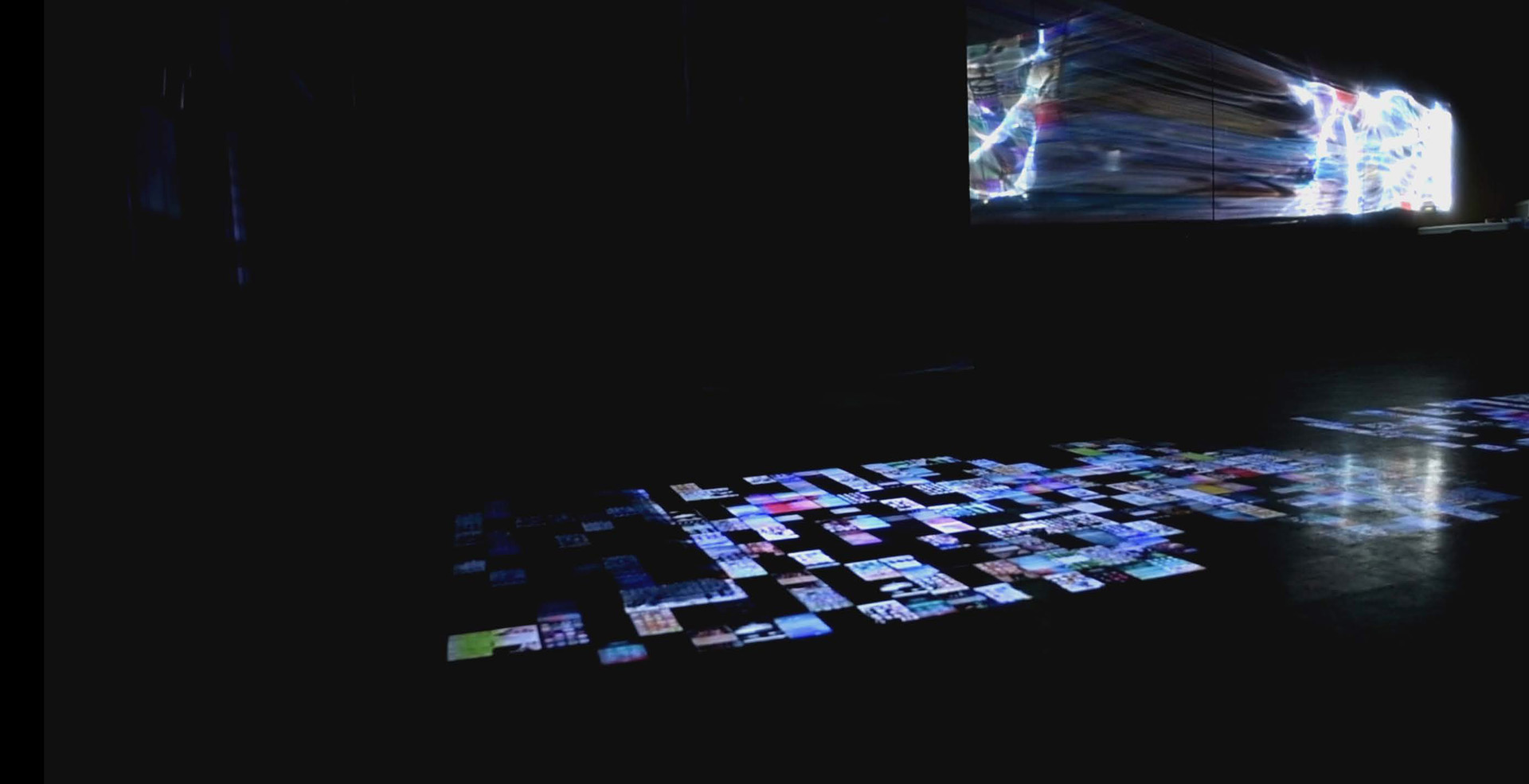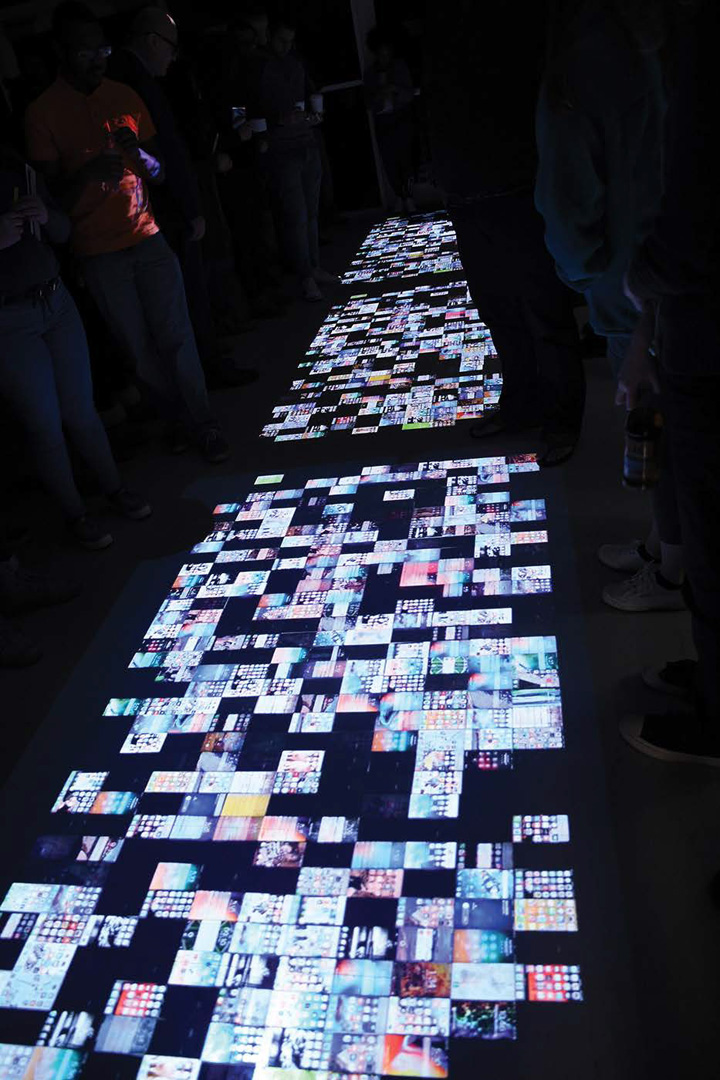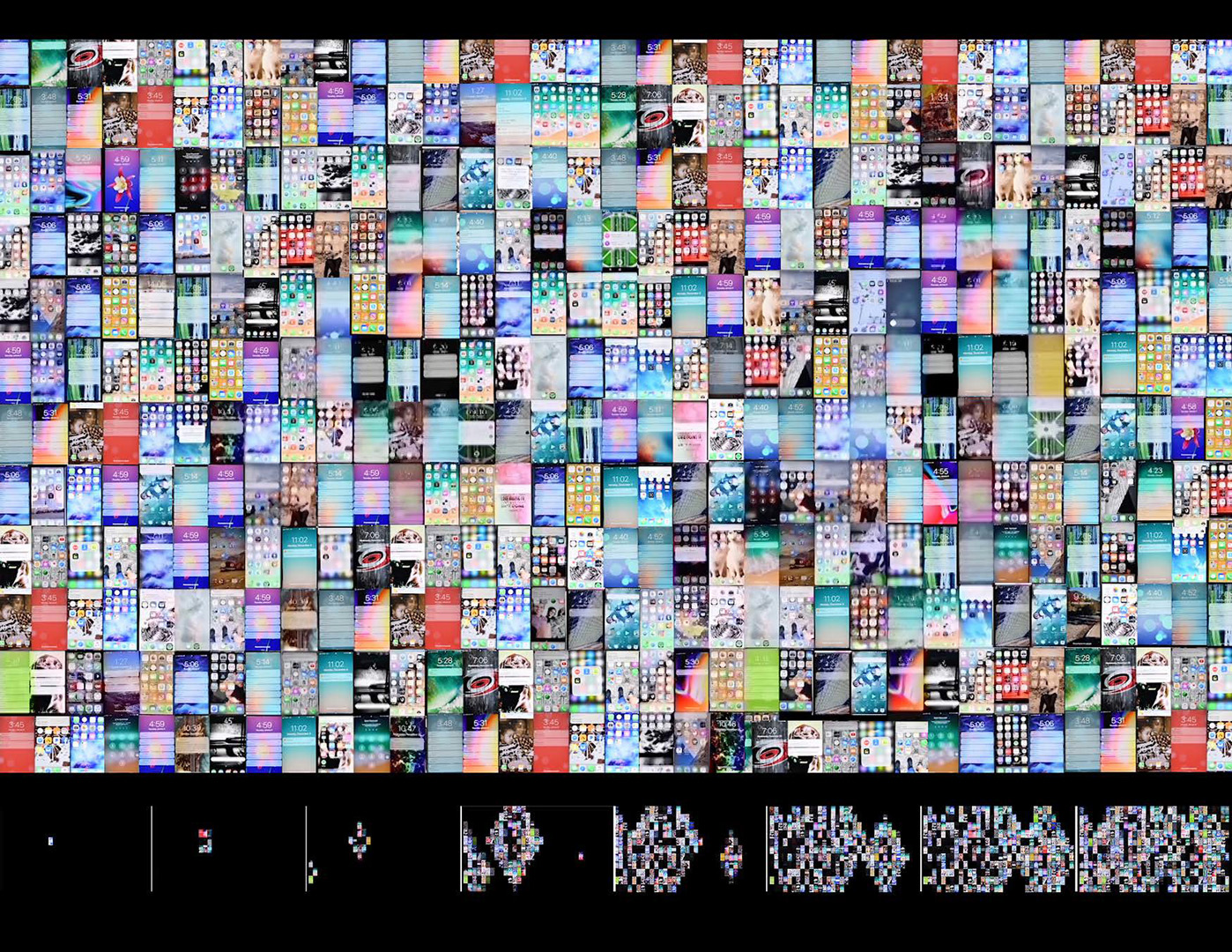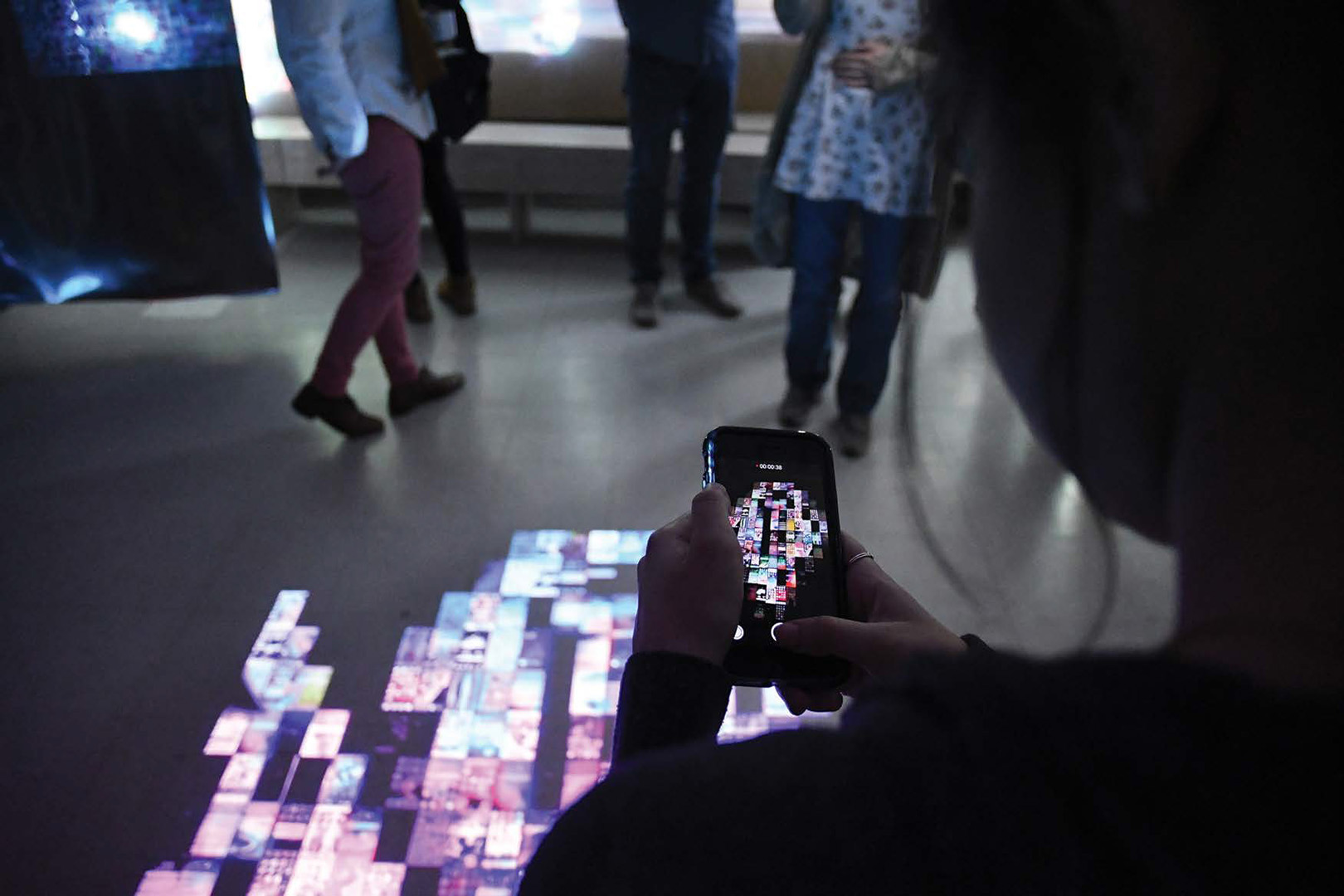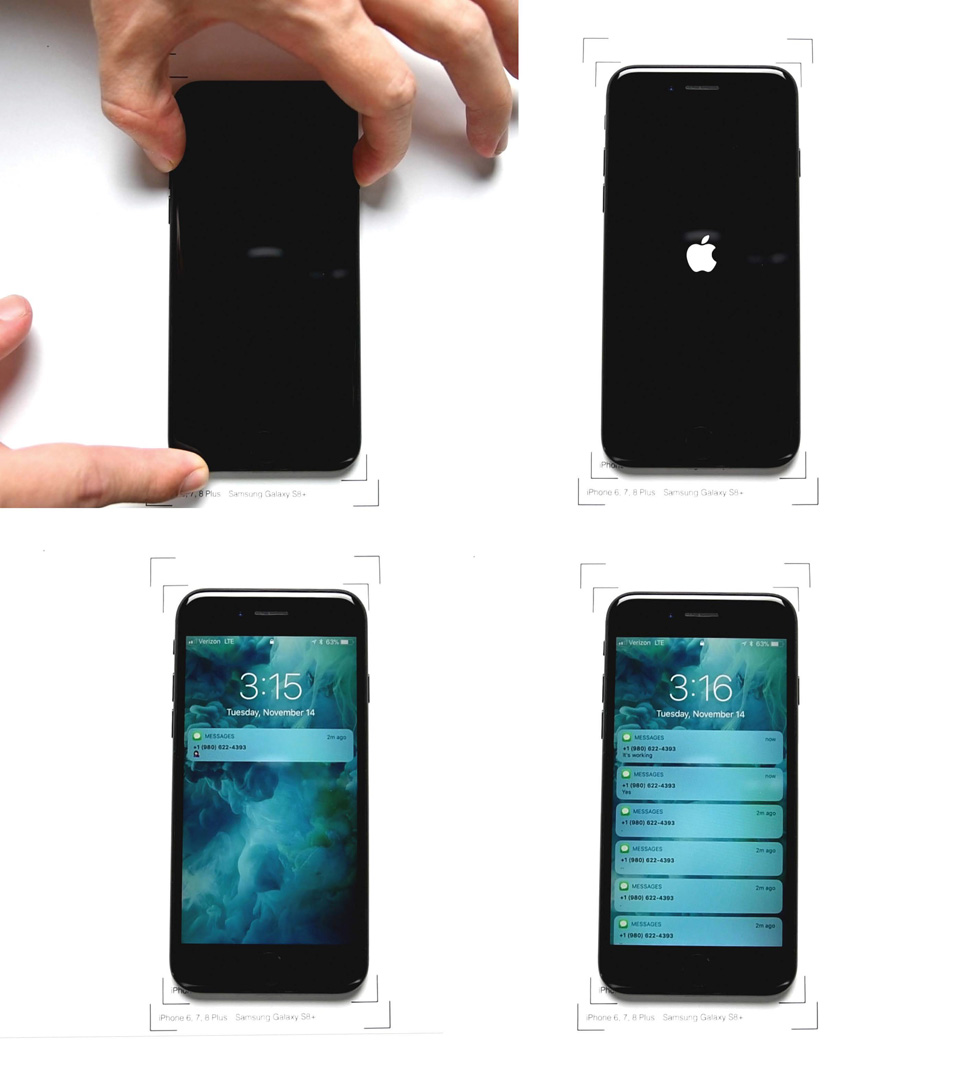“Awakened Silence: A Projected Performance” by Dickey
Conference:
Type(s):
Title:
- Awakened Silence: A Projected Performance
Presenter(s)/Author(s):
Abstract:
Awakened Silence appropriates techniques of performance, installation and film to memorialize lives lost in recent mass shootings, reveal humanity’s fixed relationship to technology and subvert the effects of media overload. It draws from the experience of first responders hearing the incessant sounds of phones after appearing on the scene. The project involves the video and audio recording of hundreds of cell phones turning on after a 24-hour period of silence. The resulting film captures a compilation of messages and notifications, which are composed into a projected performance of darkness and silence gradually awakened by a crescendo of light and sound.
References:
1. “List of mass shootings in the United States,” en.wikipedia.org/wiki/List_of_mass_shootings_in_the_United_States, accessed 26 January 2019.
2. M. Pearson, “Eerie Sounds of Cell Phones amid Disaster Adds to First-Responder Toll,” CNN, Cable News Network, 29 January 2013, www.cnn.com/2013/01/28/health/cell-phones-death/index.html, accessed 26 January 2019.
3. Pearson {2}.
4. Pearson {2}.
5. R. Everett, “Orlando Shooting Victims’ Cell Phones Continued to Ring as Responders Examined Horrific Scene,” Mass Live, 16 June 2016, www.masslive.com/news/2016/06/orlando_shooting_victims_didnt.html, accessed 26 January 2019.
6. C. Francescani, “Surveillance Video of Pulse Nightclub Shooting Shown in Court” ABC News, 15 March 2018, www.abcnews.go.com/US/surveillance-video-showing-pulse-nightclub-shooting-shown-court/story?id=53768636, accessed 26 January 2019.
7. K. Dobson, “Cultural Prosthetics,” unpublished lecture, Harvard Graduate School of Design, Cambridge, MA, 2014.
8. V. Oksman and P. Rautiainen, “Extension of the Hand: Children’s and Teenagers’ Relationship with the Mobile Phone in Finland,” in Mediating the Human Body: Technology, Communication, and Fashion (New York: Routledge, 2010) pp 103–112.
9. FMSU9A4 Module University of Stirling, “Technology as an Extension of the Self,” Living in a Connected World, en.wikibooks.org/wiki/Living_in_a_Connected_World, spring 2017 (Scotland, U.K.: 2017).
10. G. Cranz, The Chair: Rethinking Culture, Body, and Design (New York: W.W. Norton and Company, 2013) pp. 15–17.
11. M. McLuhan, Understanding Media: The Extensions of Man (New York: McGraw-Hill, 1964).
12. J. Naish, “Warning: Brain Overload,” The Times, 2 June 2009, www.thetimes.co.uk/article/warning-brain-overload-fv6sc7gmvb8, accessed 26 January 2019.
13. Naish {12}.
14. McLuhan {11} p. 33.
Additional Images:
